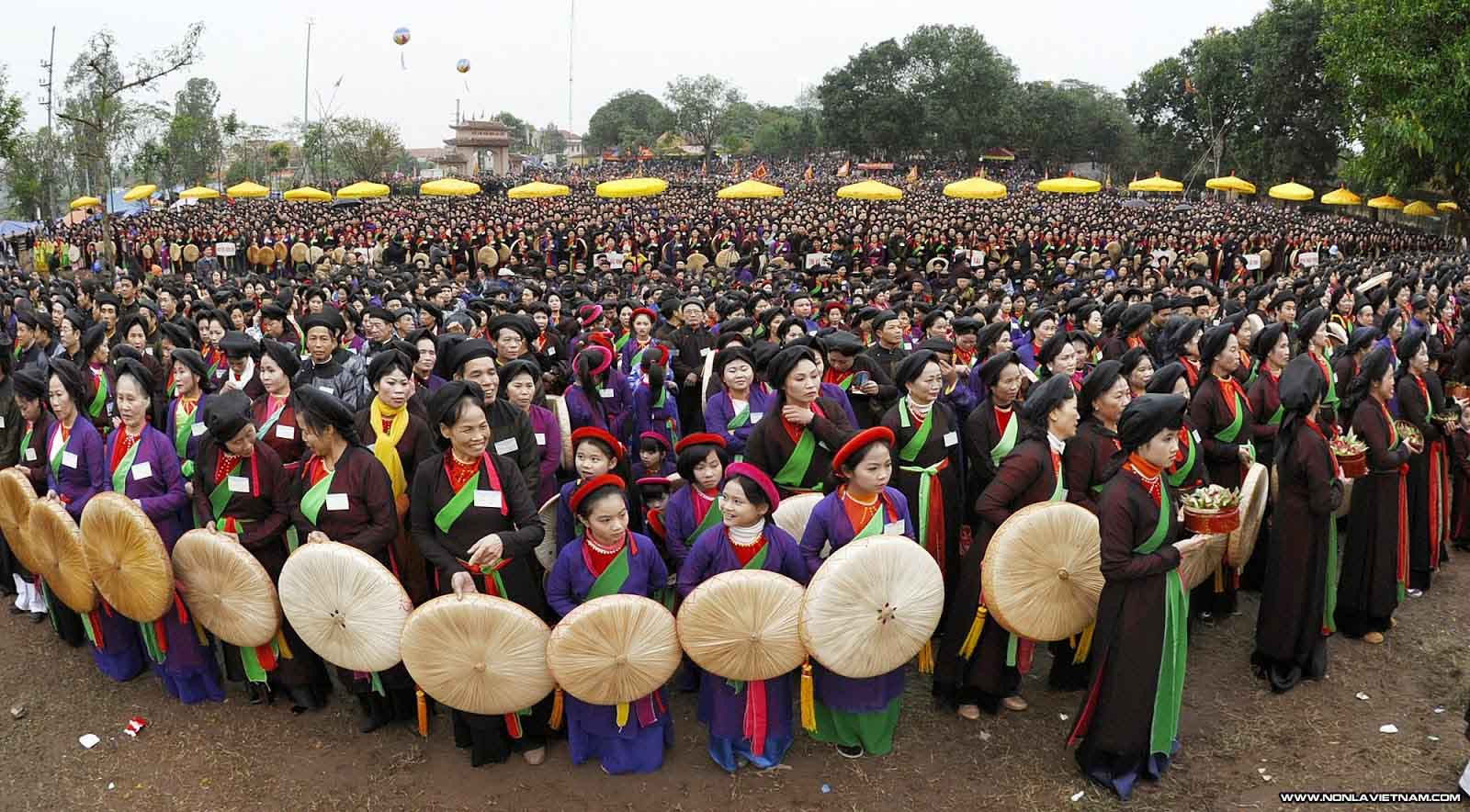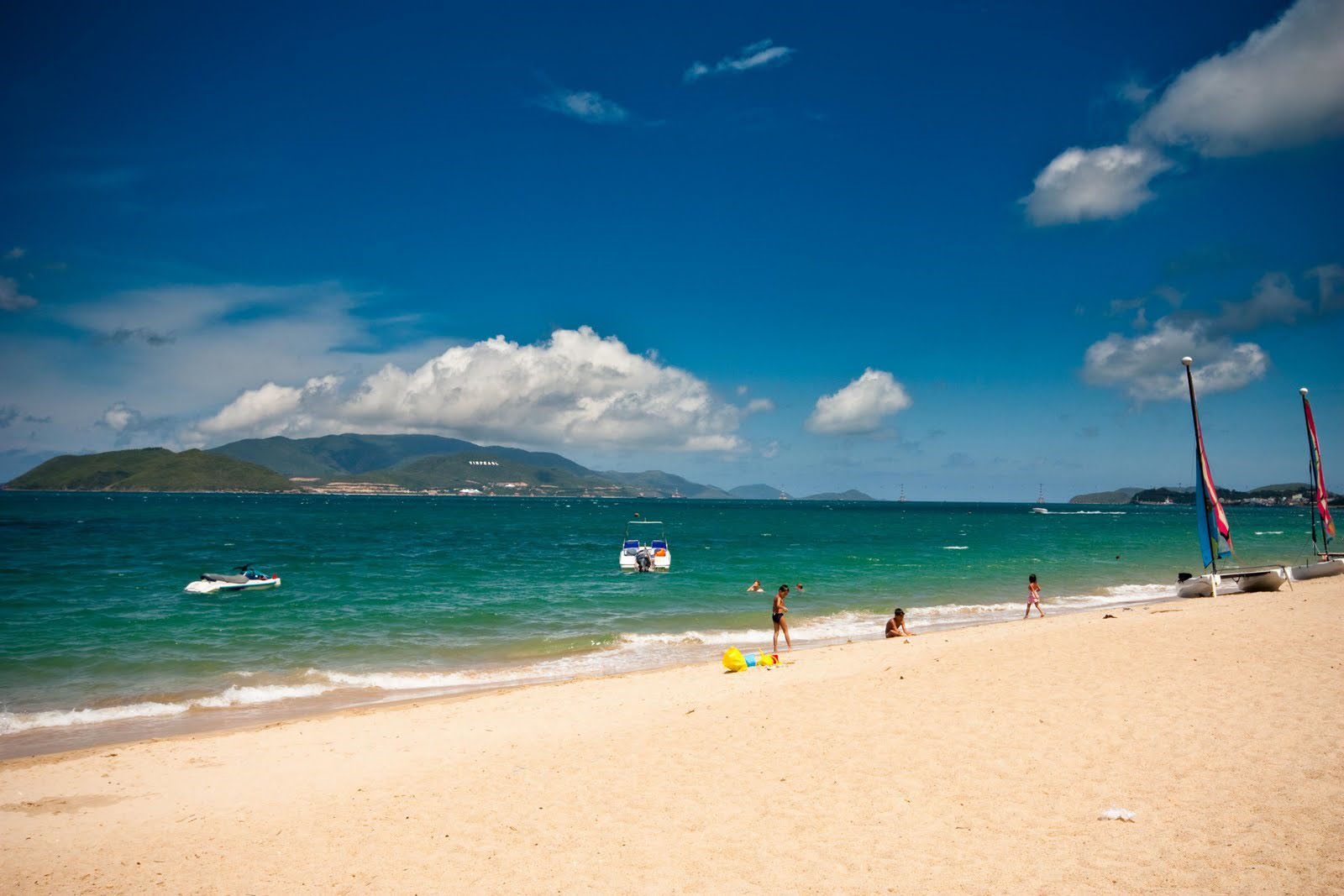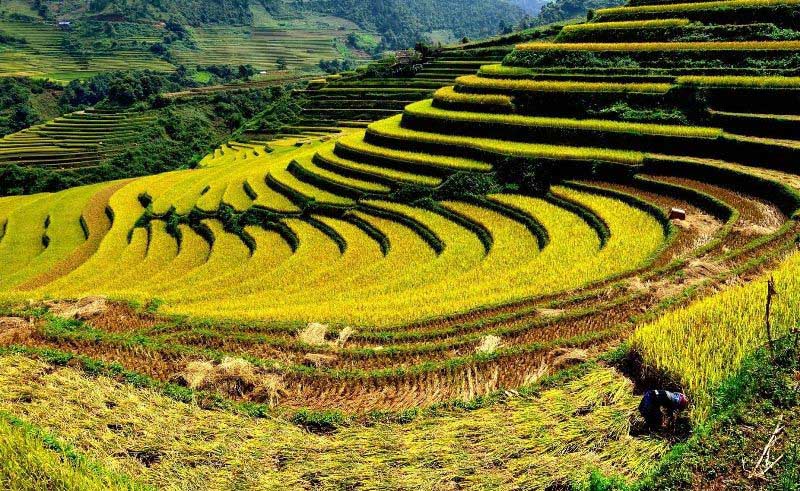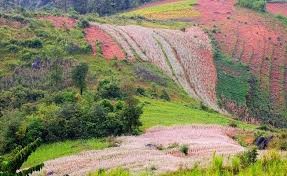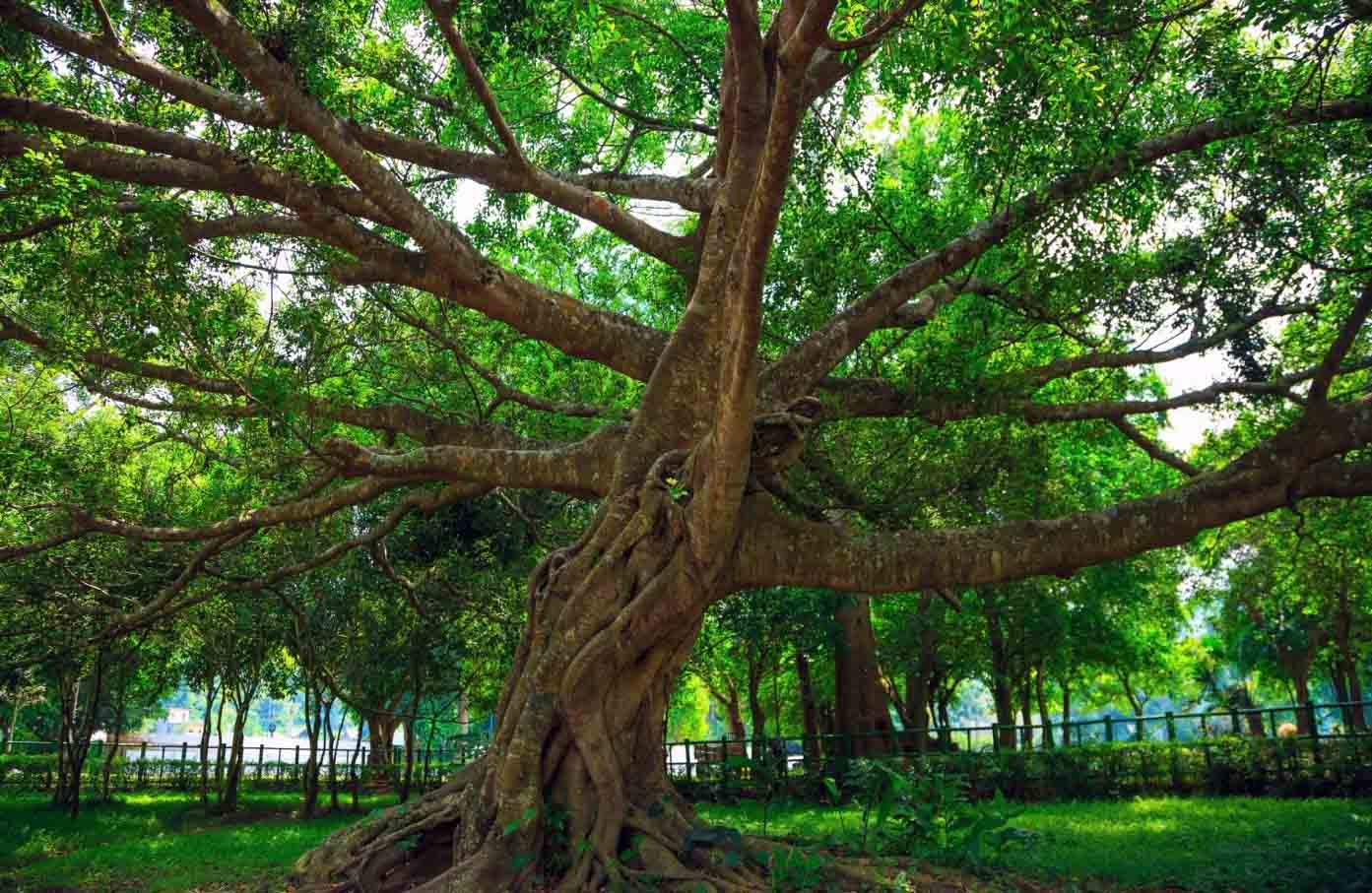Shopping in Vietnam
Vietnam has some fantastic shopping opportunities, so it’s well worth setting aside half a day or so to properly peruse. Hotspots include Hanoi, Hoi An and Ho Chi Minh City, each of which has a temping selection of everything from avant-garde art to sumptuous silk suits.
Some of the best buys are as following:
Vietnamese Art & Antiques
There are several shops to hunt for art and antiques. Both traditional and modern paintings are a popular item. More sophisticated works are displayed in art galleries, while cheaper mass-produced stuff is touted in souvenir shops and by street vendors. A Vietnamese speciality is the “instant antique”, such as a teapot or ceramic dinner plate, with a price tag of around US$2.
As Vietnam has strict regulations on the export of real antiques, be sure the items are allowed out of the country. Most reputable shops can provide the necessary paperwork.
Vietnamese Clothing
Vietnam is emerging as a regional design center and there are some extravagant creations in the boutiques of Hanoi and Ho Chi Minh City.
Ao dai, the national dress for Vietnamese women, is a popular item to take home. Ready-made ao dai costs from US$ 10 to US$20, but custom numbers can cost a lot more. There are ao dai tailors nationwide, but those in the tourists centers are more familiar with foreigners.
The Ao Dai is the most recognizable traditional dress seen in Vietnam, and though western style clothes are popular, this beautifully styled outfit is still actively worn throughout the country during Tet, at work, to weddings, and other national celebrations.
The word Ao Dai means ‘Long Dress,’ and is a two piece garment. The bottom part consists of loose pants that reach the ankles. The top is a tight fitting tunic with long sleeves and a high collar with two panels that float loosely down the front and back.
The Ao Dai is famously known to ‘cover everything, but hide vietnamese ao dai nothing,’ and it perfectly accentuates the long, lithe body possessed by Vietnamese women. When choosing to wear the Ao Dai it pays to have a similarly shaped figure.
Historically the Ao Dai is believed to come from China, when the newly crowned king Nguyen Phuc Khoat decreed in 1744 that the Ming Chinese style of dress would be adopted by all his subjects. Since then, both men and women have worn different variations of the Ao Dai. It has never been an official ceremonial dress, and has always been used an everyday outfit.
Now, with western fashions popular in Vietnam, the once ‘everyday’ Ao Dai are now only worn at special occasions and by office staff in companies that require it. It has experienced a revival in recent years, and its extremely common now to see women navigating traffic on bicycles and motorbikes, expertly lifting the long panels away from greasy spokes and gears.
Men no longer wear the garment as much as women do, confining it to traditional weddings the normal photo shoots popular with Vietnamese all over the country.
The variations in colors of this unique national costume is amazing: high school girls wear white ones, female cabin crew on Vietnam Airlines wear red ones, and bank employees wear ones matching their company’s logo. It’s also common for older women to wear Ao Dai to be made of a velvety material and accented with a rope of pearls.
The style of today’s Ao Dai remains close to the antique originals, and hasn’t changed very much in the last 100 years; however in the last thirty years changes have been made to the pleating and the lengths of the collar.
Many Vietnamese designers are now reinterpreting the Ao Dai, experimenting with new materials, decorations, and adornments. Many of their studios can be found in Saigon and Hanoi, with prices ranging up to several hundred dollars for one of their creations.
For foreign women traveling in Vietnam, Ao Dai makes excellent handmade souvenirs. Shopping for material in Saigon’s Ben Thanh market is a good excursion and you will make friends along the way by asking for suggestions and tailors to recommend. Numerous tailors can be found in Saigon, Hoi An and Hanoi that specialize in making excellent Ao Dais. Most of them can make the outfit in 24 hours or less. What better way is there to remember your fantastic trip to Vietnam? You’ll be reminded of the beautiful country every time you put your Ao Dai on.
Hill-tribe gear is winding its way to shops in Hanoi and Ho Chi Minh City. It’s brightly patterned stuff, but you may need to set the dyes yourself so those colours don’t bleed all over the rest of your clothes.
T-shirts are ever popular items with travellers, cost from US$1 to US$4.
Non (conical hats) are favorite items for women in both rainy and sunny times. The best quality ones can be found in the Hue’s area.
Vietnamese Handicrafts
Hot items on the tourist market include lacquerware, boxes and wooden screens with mother-of-pearl inlay, ceramics, colourful embroidery, silk greeting cards, wood-block prints, oil paintings, watercolours, blinds made of hanging bamboo beads, reed mats, carpets, jewellery and leatherwork.
For centuries hundreds of villages all over Vietnam have produced special crafts and products that are used for Tet (Vietnamese New Year) celebrations and other holidays. Sometimes the production of these beautiful objects can absorb the attention of everyone in the village.
The very best of these ‘factories’ are recognized by Vietnamese people as the best producers of a particular object, and enjoy national recognition for their handiwork. Everything from firecrackers to silk paintings, woodcarvings to ceramics and puppets to pottery are made in these locations and can make unique gifts for friends and family at home, or as an exotic reminder of your trip to Vietnam. When paying a visit, you can chat with these artisans, and even try the handiwork yourself.
Bat Trang Pottery Village
The Bat Trang pottery village is one of the most famous of the craft villages in Vietnam. It’s so close to Hanoi, you can visit it on a half-day tour. Famous for its fired clay pottery (with a temperature of 1,200 degrees, the ceramics are well known for being difficult to break) Since the 15th century this village of the 2,000 families has been creating earthenware and ceramic creations.
Ha Dong Silk Making Village
Villagers gather mulberry leaves to feed the hungry silkworms. The traditional way of growing silkworms was imported from China, and today flourishes in many parts of the country. When the worms have woven a silken cocoon, the animals are boiled and the cocoon is carefully unraveled. The thread is carefully woven into all sorts of different things like placemats, shirts, etc.
Dong Ho Paper Making Village
This village is located in Ha Bac province, the province just north of Hanoi. It’s been made famous for the folk themes printed onto a special paper made from the Do tree. Artisans in this village carve images onto thin wood blocks that are carefully layered with paint; then printed onto the specially made paper. These designs are particularly popular around Tet.
Co Do Silk Village
Sent to this village by her father, to help villagers grow silk, Princess Hoang Phu Thieu Hoa helped begin an industry that stretches all over the country today. Silk is produced by special worms that eat solely mulberry leaves, and these are gathered by children to feed the greedy animals. Once they have rolled a cocoon, the animals are boiled alive, and the cocoon is unraveled carefully to extract the precious thread. Popular designs include dragons, flowers and other Vietnamese legends.
Thu Bon River Islands
While visiting the historic and ancient port town of Hoi An, stop off at some of the islands in Thu Bon river, where artisans creating woodblock prints, silk weavings and other crafts offer a uniquely central Vietnamese art experience.
War Souvenirs
It’s easy to by what looks like equipment left over from the American War, but almost all of these items are reproductions and your chances of finding anything original are slim. The fake Zippo lighters engraved with platoon philosophy are still one of the hottest-selling items.
TIP: Bargaining
More guide...
Responsible Travel
Being a responsible eco tour operator is at the heart of what ACTIVETRAVEL ASIA is all about. From the start, we have been committed to offering low-impact tours that benefit traveler and host alike. We work with local communities, businesses and individuals to develop sustainable tourism opportunities that help local economies while minimizing negative environmental and cultural impacts.
Asia Travel News



